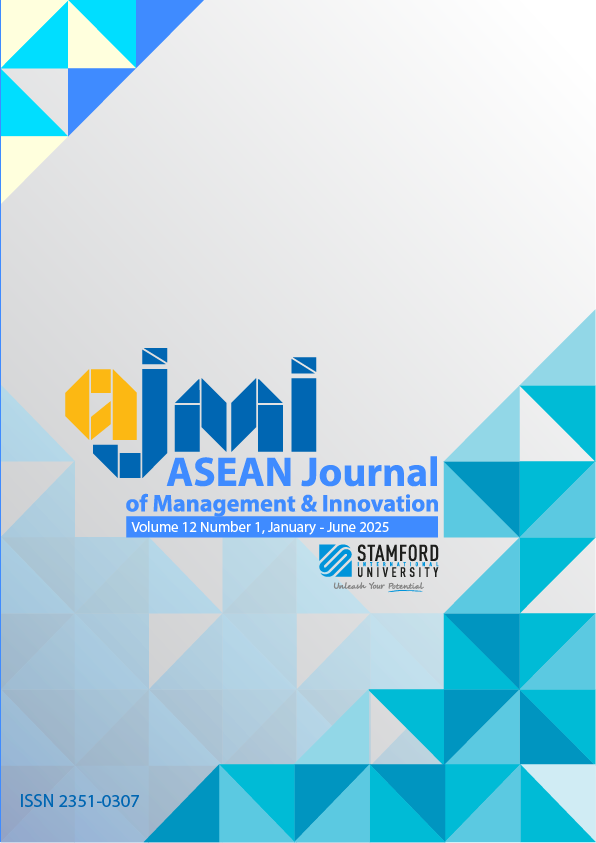Analyzing Students’ Attitude Towards AutoCAD Software using Technology Acceptance Model
Keywords:
AutoCAD Software, Technology Acceptance Model (TAM) , Perceived Usefulness (PU), Perceived Ease of Use (PEU), Perceived Familiarity (PF), Partial Least Squares Path Modeling (PLS-PM), Attitude Toward AutoCADAbstract
Integrating computer-aided design (CAD) tools, such as AutoCAD, in architecture and engineering education becomes increasingly vital in equipping students with essential design skills. Using the Technology Acceptance Model (TAM) as the theoretical framework, this study aims to understand what factors influence the students’ perception and attitude toward using the software. With regard to this, an online survey was conducted with the use of a Google Forms questionnaire from 213 engineering and architecture students from different universities in Mindanao. Partial Least Squares Path Modeling (PLS-PM), or Structural Equation Modeling (PLS-SEM), was utilized to examine the data. The findings reveal there is a significant relationship between PU to Attitude towards AutoCAD with a coefficient of 0.325 (T = 4.522, P < 0.001). Similarly, the path between the PEU and Attitude towards AutoCAD has a coefficient of 0.316, which also exhibits a positive relationship. Furthermore, the findings do not support a positive relationship between PF and Attitude towards AutoCAD. With this, it is observed that TAM is a strong predictor for students’ attitudes toward technology, specifically AutoCAD.





